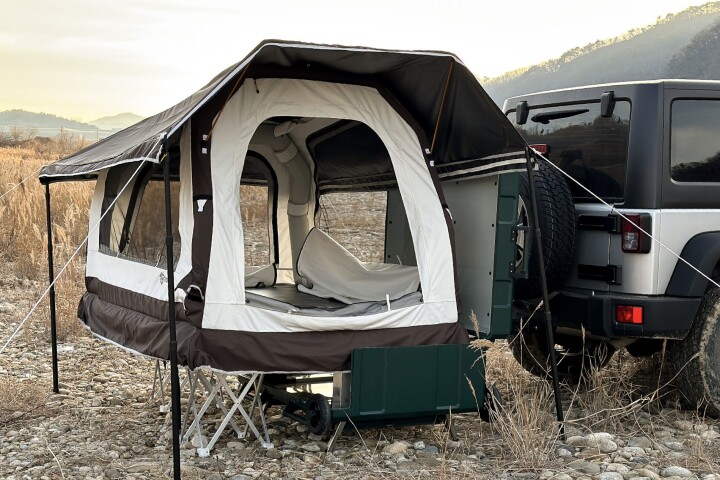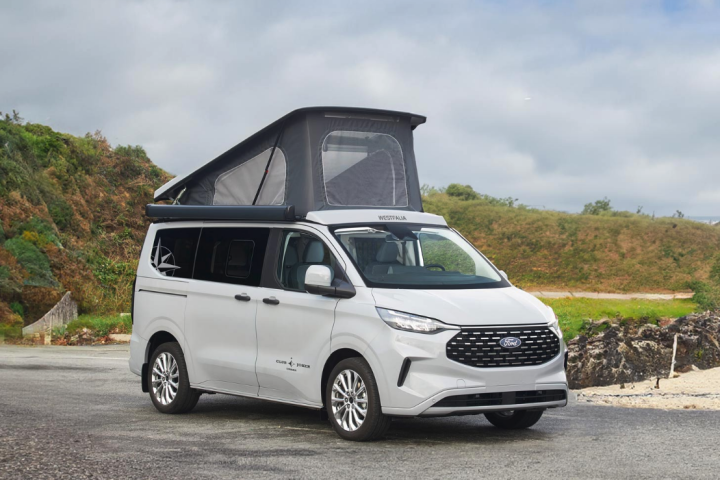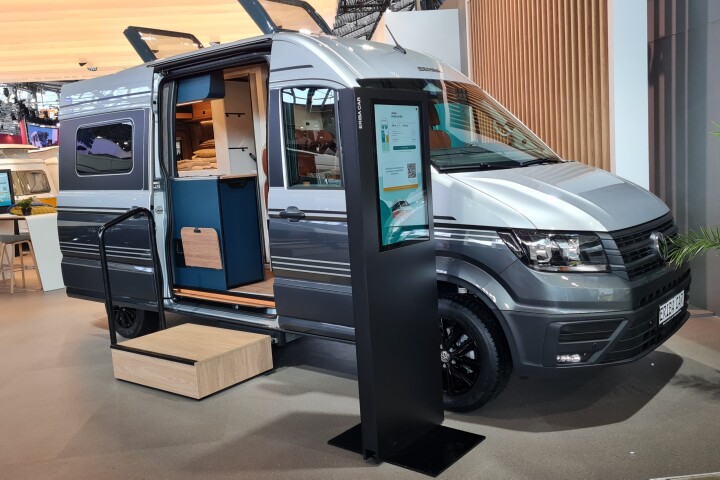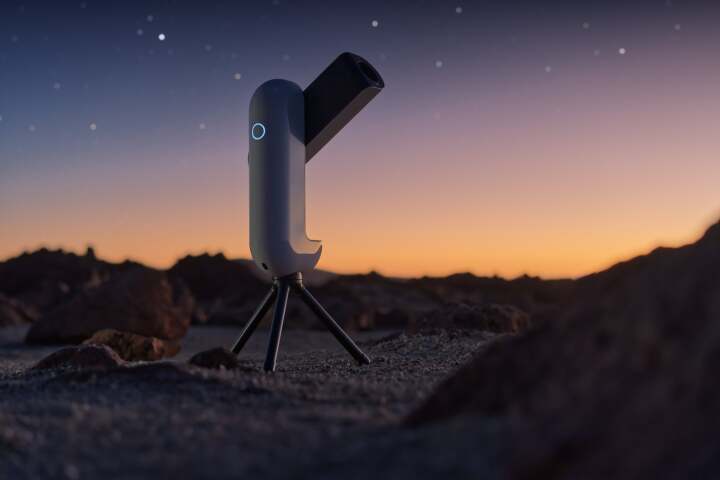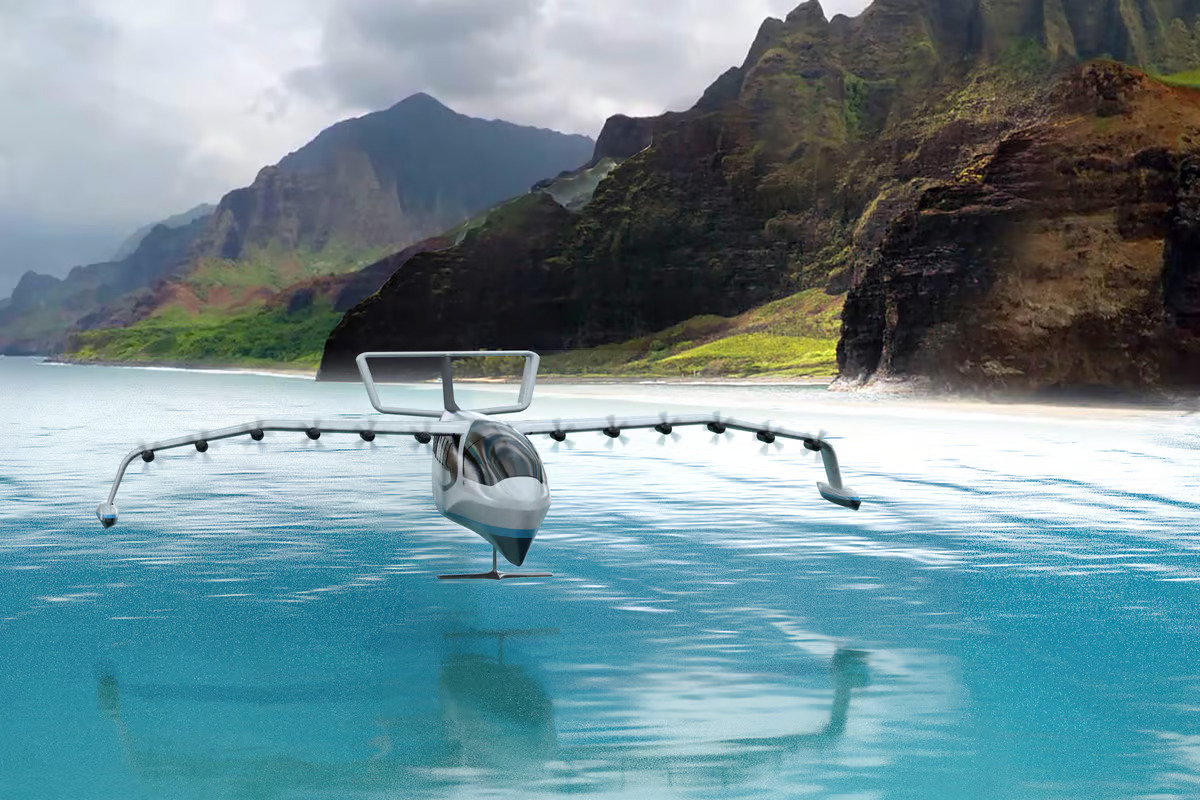 Hawai’i will be one of the first markets for Regent’s innovative Seaglider, a hydrofoiling wing-in-ground effect vehicle – if the red tape can all be sorted out. Regent –
Hawai’i will be one of the first markets for Regent’s innovative Seaglider, a hydrofoiling wing-in-ground effect vehicle – if the red tape can all be sorted out. Regent –
It’s a modern-day, high-tech repackaging of the old Soviet Ekranoplan idea – when an aircraft flies extremely low, within its own wingspan of the surface below, the ground effect provides a kind of cushion of air for it to ride on, giving it additional lift and squeezing extra miles out of its energy source.
But now that the world is moving to decarbonize, the numbers stack up a little better than they did in Cold War times. Batteries struggle to deliver useful range figures in aircraft and boats; they’re too heavy for planes, and they simply don’t carry enough energy to push boats through the high-drag medium of water.
But Regent’s design cuts down hydrodynamic drag using a retractable hydrofoil setup, and boosts aerial range using that Ekranoplan-style wing-in-ground effect, as well as a blown wing. The resulting “Viceroy Seaglider” promises to carry 12 passengers and two crew (or 3,500 lb/1,600 kg of cargo) over at least 180 miles (300 km) of range at a 180 mph (300 km/h) cruise speed, flying at ultra-low altitudes 30-60 feet (9-18 m) over the water surface.
–
That’s about six times faster, and considerably more comfortable than a boat, while being able to operate in much higher wave conditions than similar-sized vessels. And compared to an aircraft, it promises somewhere around half the operating costs, as well as much quieter operation and the flexibility to operate from a wide range of jetty locations. Sure, it’ll need longer to charge than boats or planes need to fill up, but on the other hand, it’s zero-emissions as well.
Hydrofoils and ground-effect vehicles alike both require super-precise control with superhuman reaction times, so both phases of “flight” – in and out of the water, as well as the transition between the two – will be handled by electronic flight control systems. From the pilot’s seat, it’ll be a very simple craft, capable of push-button takeoff and landing.
It’s a compelling idea, as evidenced by nearly US$100 million in venture capital funding and an eyebrow-raising $8 billion pre-order book according to the company, with plans for a 600,000-square-foot (55,742-sq-m) manufacturing facility by “mid-decade” – which is about when it expects the Seagliders to begin commercial service.
–
The company first flew a quarter-size prototype back in September 2022, as shown in the video above, and in April 2023, it showed off a full-scale mockup of its 12-seat Viceroy Seaglider, complete with a 65-foot (20-m) wingspan. It says the concept could scale up to seat as many as 150 passengers in the future, and that its current range figures are based on today’s battery technology; range figures will increase as batteries get better, as they will in all manner of other electric transport situations.
Flying over water, the Seagliders promise to be a transformational (and hopefully affordable) transport technology for coastal areas – and they’re ideal for hopping between islands as well. As such, one of the first places they’ll start to roll out is in Hawai’i, where Mokulele Airlines expects to be the world’s first Seaglider operator. Regent plans to deliver “a fleet” of Seagliders to Mokulele by “the middle of the decade,” and initial feasibility studies project ticket costs around $30 for one-way flights between O’ahu and Maui or Kaua’i.
A “Hawai’i Seaglider Initiative” has now been launched, bringing together a bunch of government, airline, construction, tourism, training and hospitality organizations toward the goal of launching regular passenger and cargo operations.
“The Hawai’i Department of Transportation is proud to collaborate with the Hawai’i Seaglider Initiative as part of the state’s long-term efforts to build resilience into our transportation systems,” said Hawai’i Department of Transportation Director Ed Sniffen in a press release. “Seaglider technology has strong potential to provide an efficient, affordable, and renewable alternative form of interisland transportation for both passengers and freight. This memorandum of understanding will provide the framework for government, private and community stakeholders to work together in a thoughtful and coordinated approach to address the many environmental, cultural, economic, and technical components associated with integrating seaglider technology into our transportation network and infrastructure.”
–
One potential hurdle, as usual, is red tape – and it’s a hurdle that could scupper the whole endeavor if things don’t go Regent’s way. It all comes down to whether the Seaglider falls under the FAA’s regulatory jurisdiction in the United States. Currently, the company explained to FlightGlobal, Regent expects its wing-in-ground effect vehicle to be regulated by the US Coast Guard – a relatively cheap and simple process that underpins the economics for both Regent and all its customers.
And while the Coast Guard has indeed confirmed it expects to be in charge of certifying and regulating operations of the Seaglider, the FAA is yet to confirm it won’t be requiring Regent to go through the process of certifying the Seaglider as an aircraft. If it did decide to treat this thing as a new type of commercial plane, the massive expense of FAA type certification, design organization certification and manufacturing certification would tank the entire project, at least in the United States.
Regent, its customers and the Coast Guard are very confident that the FAA won’t be getting involved – but on the other hand, Seagliders may struggle to follow the letter of the law if they’re subject to marine regulations, under which they’d be required to give way to pretty much everything else on the water, and come to a full stop if necessary – both of which could be difficult since they’ll be going so much faster, over waters that could have anything from jet skis to sailboats to fishing vessels or container ships passing through them.
Regent says it’s got technological solutions up its sleeve, but there’s a possibility the Coast Guard may have to develop some new regulations around these quick, quiet wing-in-ground effect vehicles, and until the FAA confirms it’ll step aside on this one, there remains a risk. So it’ll be interesting to see how all of that plays out!











